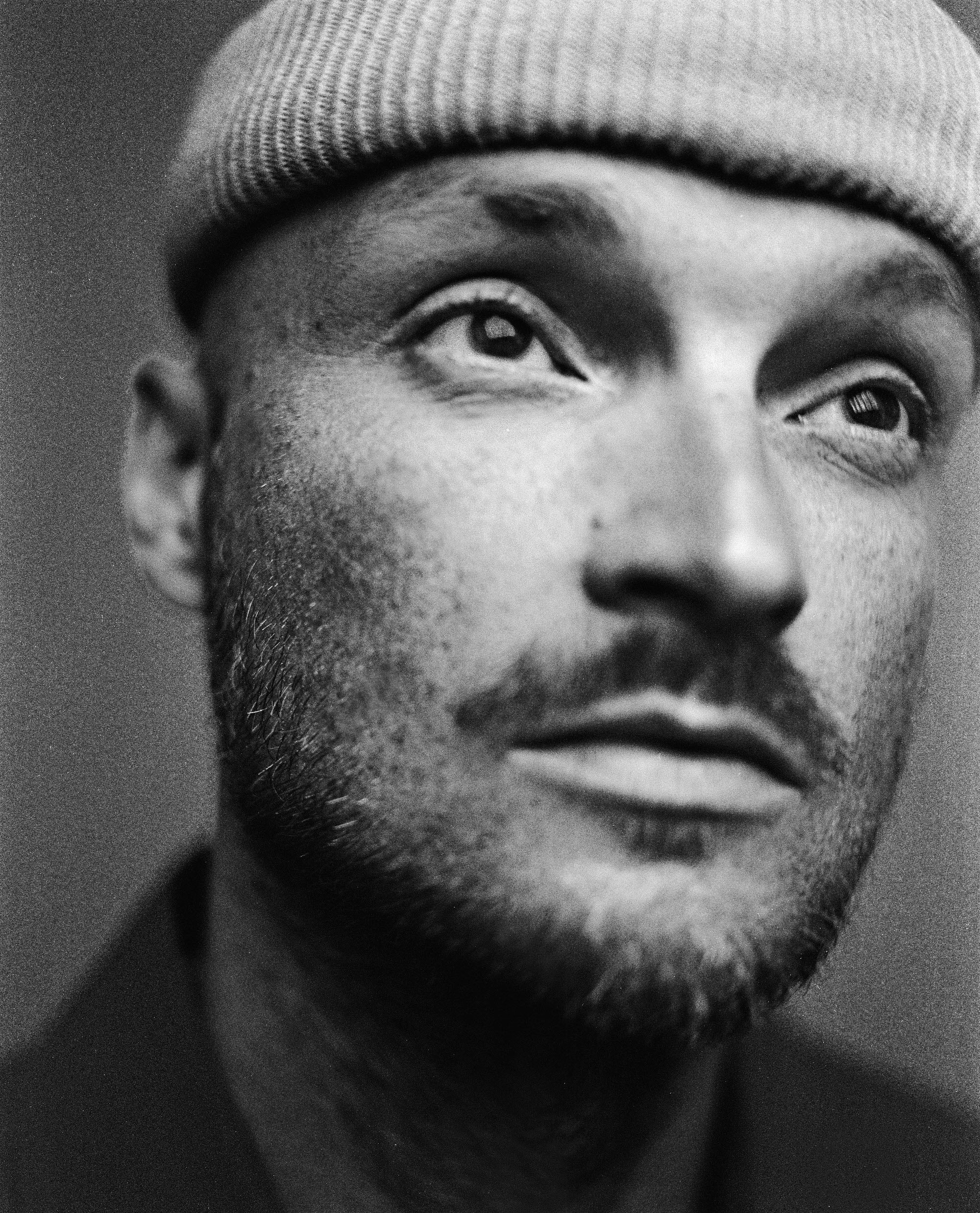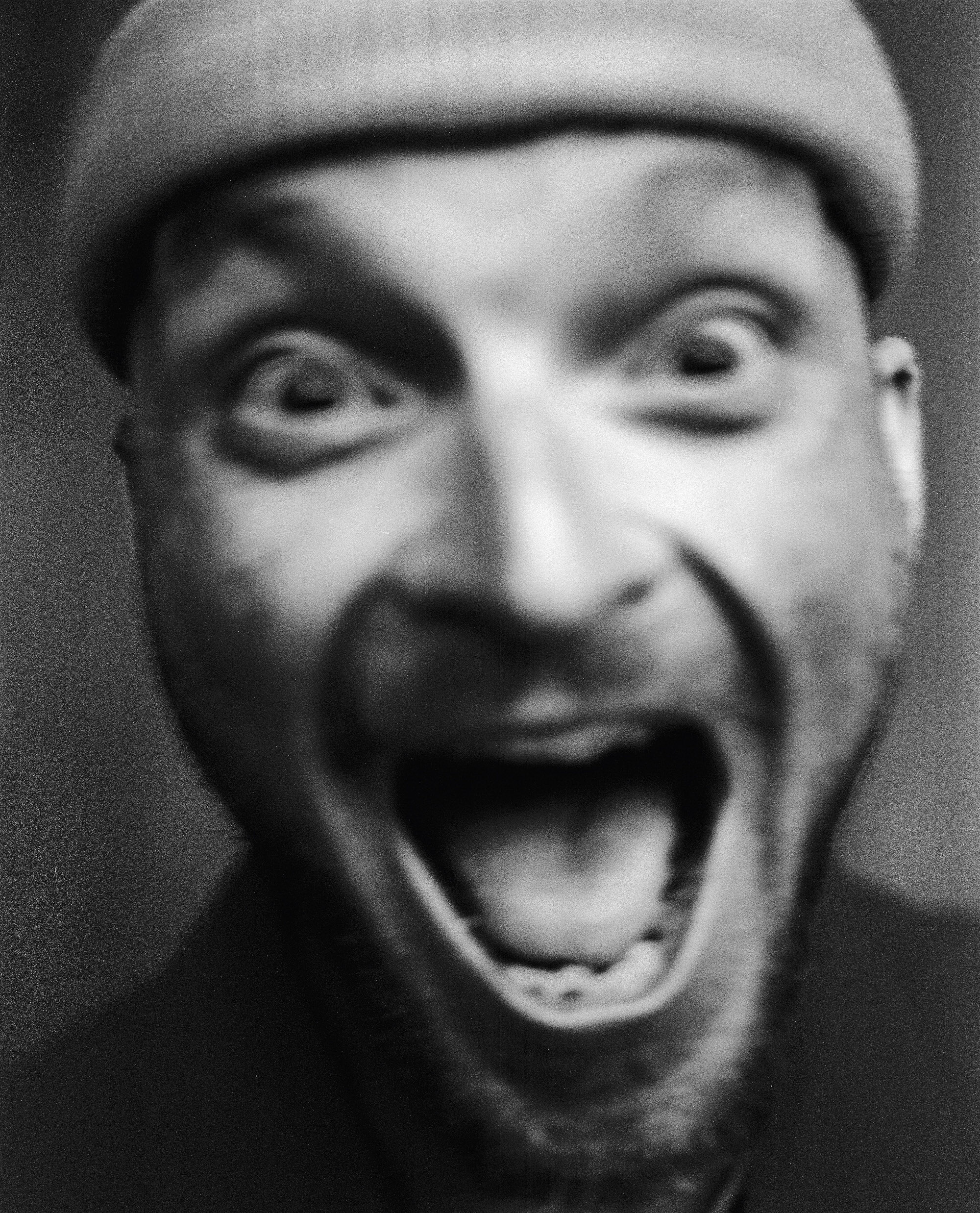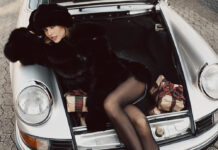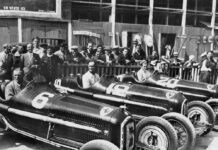Each of André Josselin’s pictures is a small world of its own, as he explains in our interview. Worlds that have given the Berlin-based photographer considerable success, we might add.
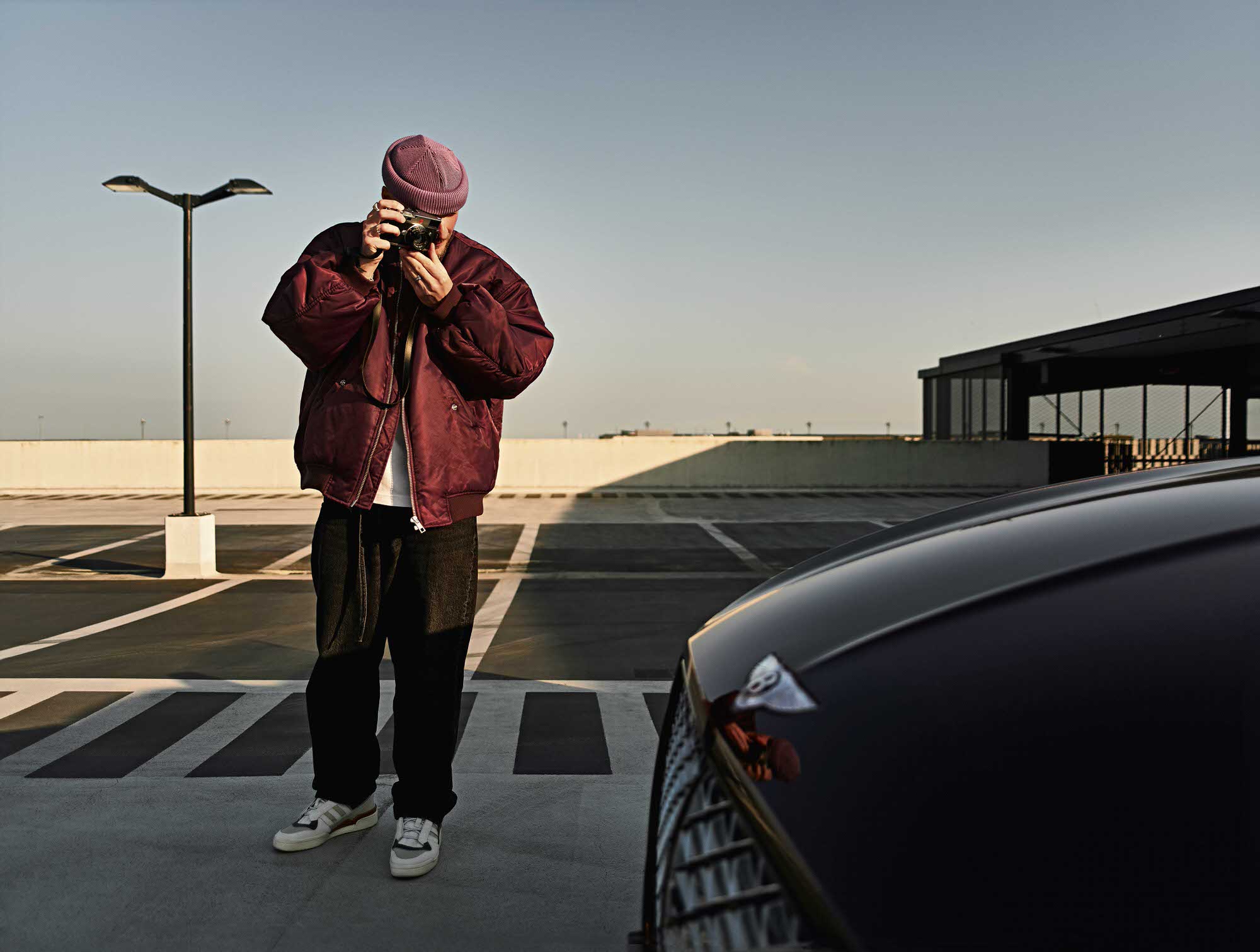
You work as a photographer for big-name brands, portray celebrities, but also take pictures of friends and capture the small moments in life. Do you ever leave the house without your camera?
That’s actually a problem at times. It’s difficult for me to go on vacation, for example, without thinking that I have to come home with a good picture. I always tend to put a bit of pressure on myself. On the other hand, compared to before, there are many times these days when I don’t have a camera with me. That’s because I’ve learned to work in a more focused way. As for the broad range of motifs: that’s because I like a lot of things. I understand when you specialize in something, when wedding photographers say they only do weddings and nothing else would do. Though whatever thing I’m working on at the moment, I try to keep everything within that cosmos. So it doesn’t matter if I’m photographing Roger Federer, doing a photoshoot with a model or working on a photojournalist piece in Albania. The visual language has to match the situation. It’s like I’m creating a little universe for myself.
How would you describe what holds the images together?
I think it’s the basic tone. This may be a bit clichéd so that I almost don’t want to say it, but I have an unfortunate tendency to romanticize things and always transport a rather melancholy mood in my pictures. Not in the sense of sad, but through the play of light, through shadows and through people’s expression. And this atmosphere keeps the images consistent.
Is there one photo of yours that you’re especially fond of?
I think it’s important to like your own stuff, though of course you don’t want to seem conceited. My personal favorite picture is from 2014, when I was visiting a friend in the north of France, and I took a picture of an old man with a cat who lived there in the village. I like it because of the emotional value it has for me. It was the first time I went somewhere to take pictures – so it represents a sort of launch pad into the world for me.

You once wrote that you take pictures so you don’t forget. Is photography a kind of documentary of your life?
You could say that. At the same time it is an escape. That’s also what I meant with the universe just now. You create your own little world that you can look back on.
Does that mean that you draw inspiration from your own work?
I do copy myself at times. First I think I’m very unimaginative, but then I discover how nice it is to find a new perspective or a new vibe or that feeling when you have someone new in front of your camera and you do things better than you might have done three or five years before. But as far as inspiration goes, I’m more inspired by movies or music.
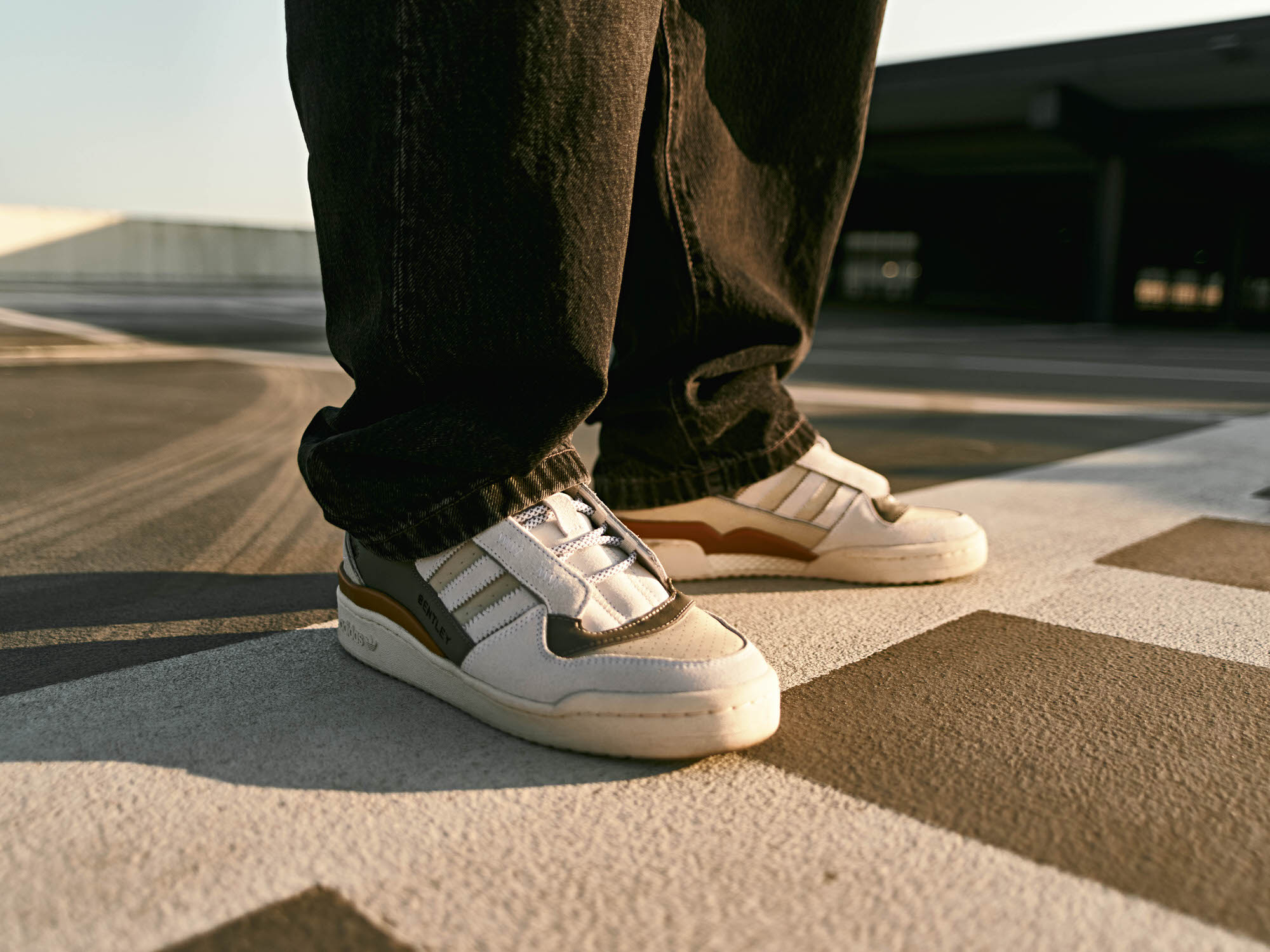
What type of movies, for example?
A couple of weeks ago I watched Interstellar again, and it inspires me every time. Oddly enough, I worked with the cinematographer of the film just four weeks ago. He also did Her, which is another favorite film of mine. And all of a sudden, I was on set with him. It was inspiring to just watch him work, even though he wasn’t doing anything special at all. I didn’t learn anything technical either, he’s a cinematographer and I’m a photographer. But this professionalism, coupled with an amazing level of ease – that was really exciting to see.
How did you get into photography anyway?
I have to say that no one in my family does creative work. But my father bought a camera once, it must have been Christmas 2010, and I was the one who ran around with it and took pictures of things. I bought my first camera with my apprenticeship salary, which was less than two weeks later. But I never expected that I would be able to earn a living doing this.
What did you apprentice for?
Visual merchandise designer. They used to just call that “decorator” before they came up with a fancy way of saying it. That wasn’t creative, however, it was just painting by numbers. Someone says what the window or the store should look like, and then you go and decorate it as told. But it was good for me to have a regular job, because it’s made me appreciate what I’m doing now so much more. It’s just important to understand that it’s not a given that you can earn a living doing something you love.
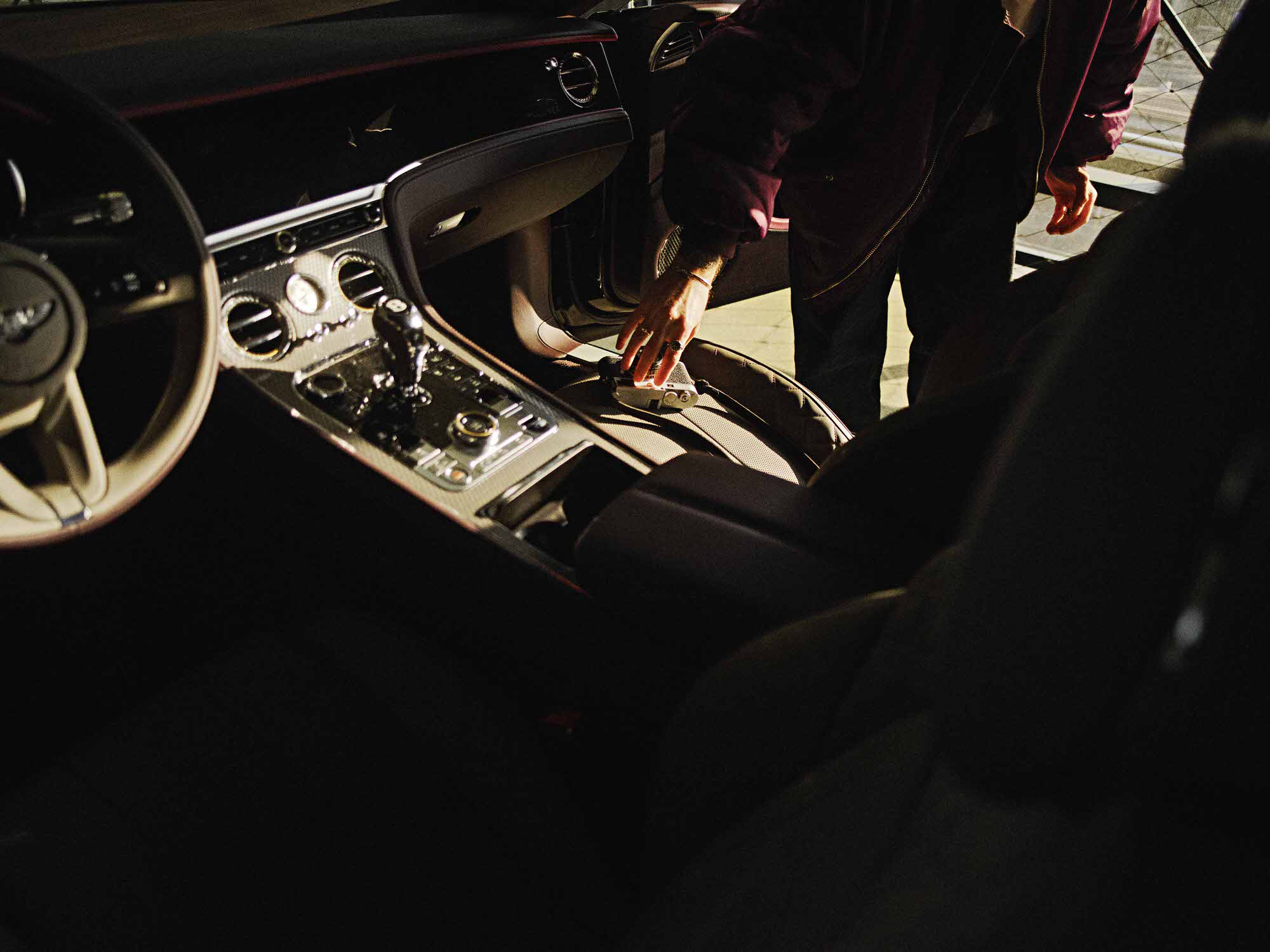
What does a photograph need to be good, in your opinion?
Any image that you stop to look at and that triggers a reaction in you is a good photo. Which is, of course, highly subjective. A good photo can be blurry, it doesn’t have to be perfect, it doesn’t have to conform to the usual guidelines you learn at school. I also think – and I’m going way out on a limb here when I say this – that there are many photographers out there who have a good sense of photography but end up choosing the wrong image. It comes down to choosing the right picture during the subsequent selection process. That’s what makes a good photographer.

What’s the best advice you’ve ever received?
That nothing matters. [laughs] That may sound like it’s at odds with what I do and how I prioritize my photos. But sometimes when I’m upset about something or something’s gone wrong, I just think about the fact that all I’m doing is taking pictures. It won’t hurt anyone if I stop being a photographer, except maybe myself. That was a photographer friend who said that. He was like, “In the end, it really doesn’t matter what we do.” I thought that was great!
Interview by Bernd Haase
Photos by Julian Essink
ramp #62 Wild Things
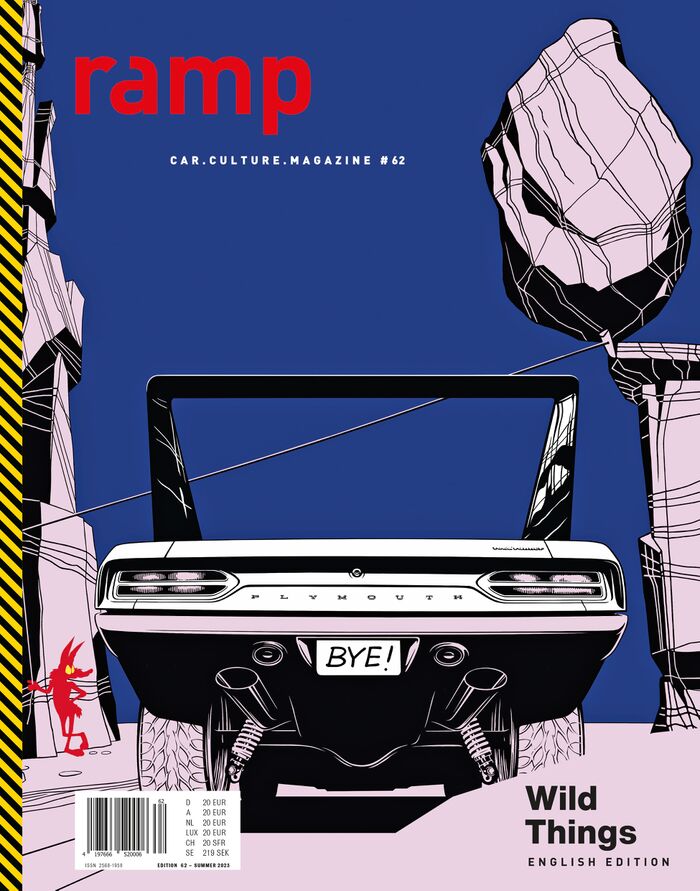
Just heading along, the journey itself a wonderfully blank page that presents itself to us with a cheerful unpredictability, as an inspired playing field for trial and error, for curiosity and spontaneity, unexpected surprises and flights of fancy. Wild and untamed. Just like life itself. Find out more

